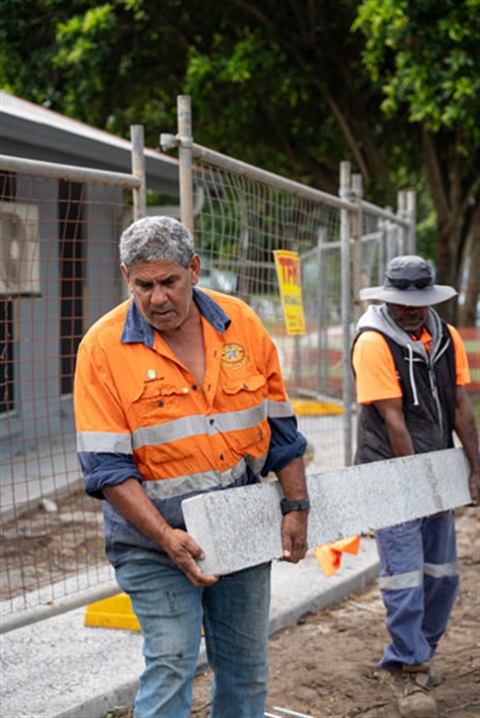Need for infrastructure charging reform confirmed
Published on 31 July 2025

Queensland councils have welcomed the Productivity Commission’s recommendation for an independent review of the infrastructure charging regime to support the delivery of more housing across the state.
In its Interim Report into Opportunities to Improve Productivity of the Construction Industry released today, the Queensland Productivity Commission recommends an independent review of the infrastructure charging regime to make sure the pipes, roads, and playgrounds get built to unlock more housing.
The recommendation follows LGAQ research in 2024 that found the trunk infrastructure funding “gap” needed to be addressed to open up more housing for Queenslanders.
It also follows the State Government’s much-welcomed $2 billion Residential Activation Fund which is supporting councils and communities across the state to deliver critical infrastructure to support growth.
The LGAQ has analysed figures from Local Government Infrastructure Plans across 35 councils and the Queensland Government Statisticians Office statewide and found councils have zoned enough land for almost 580,000 broadhectare dwellings and more than 1 million additional infill homes.
Combined, councils have zoned for more than 1.5 million new homes, which if acted on by industry would make a massive difference to Queensland’s housing crisis, proof the current community-led planning system was working to unlock land for homes.
“We all know there is a huge challenge to get roofs over heads but these figures are proof that councils are more than doing their job to help facilitate more houses, townhouses and units being built,” LGAQ President Matt Burnett said.
“The other good news is that the figures show a real mix of property options to suit each community as they see fit - both broadhectare land for greenfield development and also infill lots in already developed areas.
“As the Productivity Commission interim report points out, there is no simple solution to creating more homes but the analysis shows there is plenty of land zoned for developers to bring to market and builders to build on.
“When the figures show year after year that more land is being zoned and approved than is being brought to market, it is also proof that Queensland’s system of housing approvals where local residents and communities have a say through their councils is not slowing down land supply.”
LGAQ Chief Executive Officer Alison Smith said councils across Queensland recognised housing as one of the most significant challenges facing community liveability.
“Years ago councils were among the first to raise the alarm about Queensland’s housing crisis because – as the level of government closest to communities – they were the first to see the families living in cars and jobs going unfilled because workers had nowhere to live,” Ms Smith said.
“Councils have worked hard to zone the land according to what best serves their communities, and both current and future residents.
“This bank of zoned land is proof the current system of local, council and community decision-making works and needs to remain as the foundation of our planning system.
“When councils have zoned almost 580,000 broadhectare dwellings and industry delivered just 15,176 new lots last year, and councils have zoned for more than 1 million infill homes while just over 10,000 units and townhouses were built last year, the solution to the housing problem is to get the development and construction sectors the support they need – including trunk infrastructure funding, training pathways and sector growth - to get on with delivering more homes.
“Planning responsibilities need to remain with the councils responsible to the communities where the housing is being built.”
Ms Smith said the LGAQ would continue to engage with the inquiry, with the final report due on October 24.